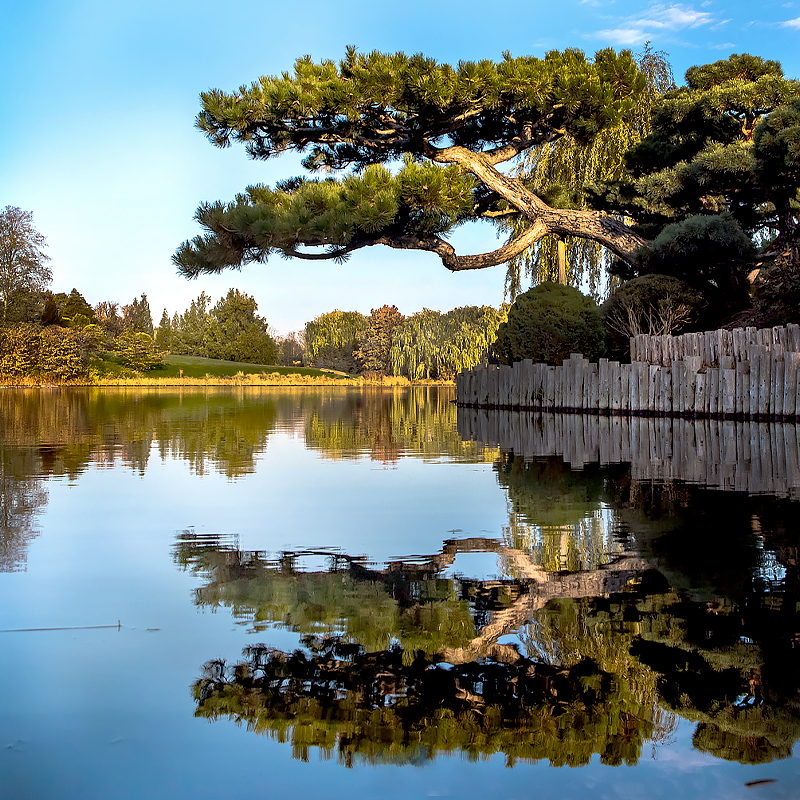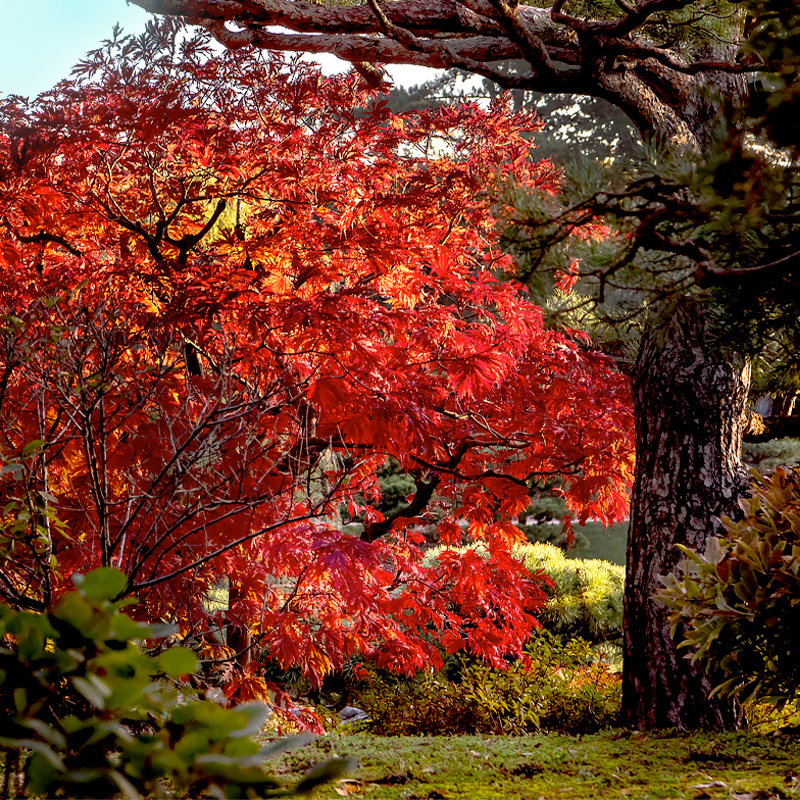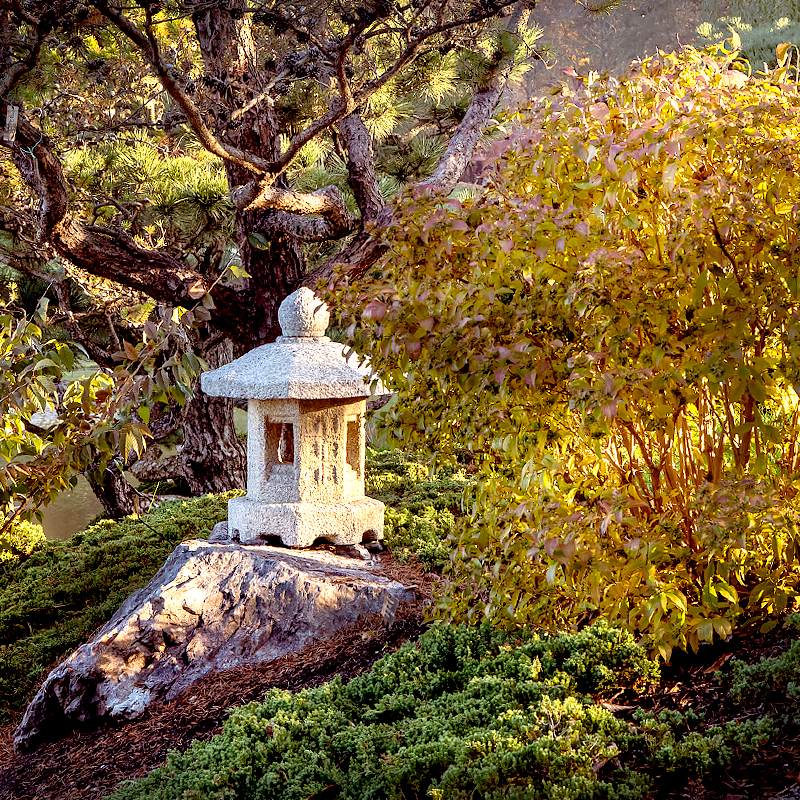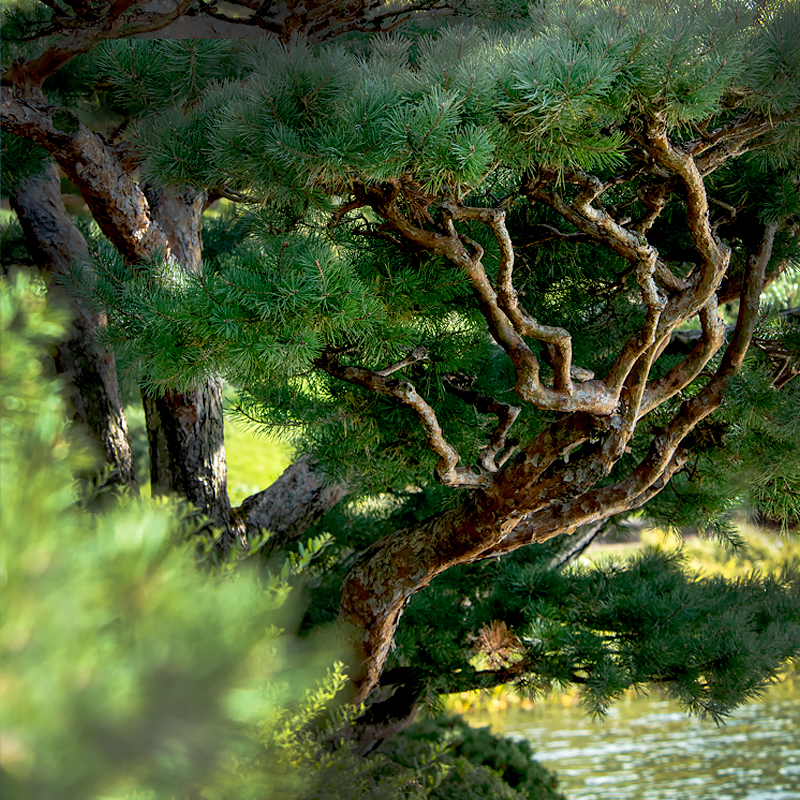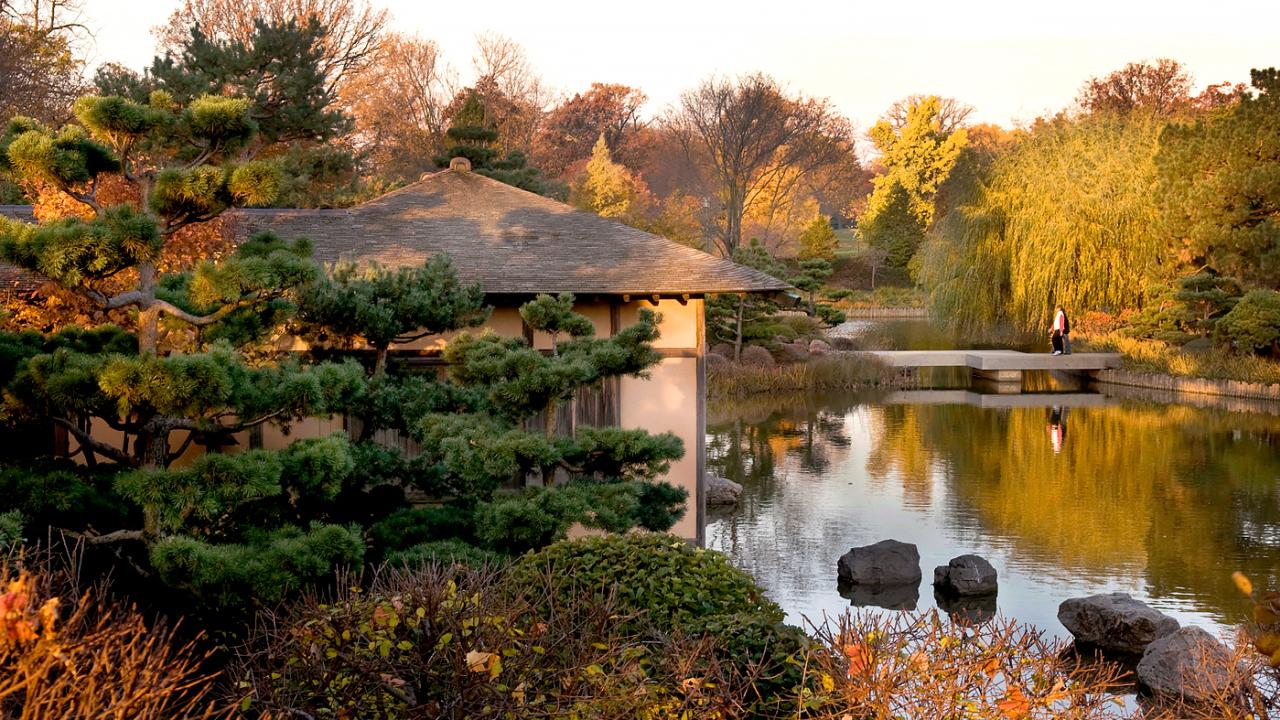

Haunted Island
A tale of tree spirits based on Japanese folklore
As you step upon the second Japanese island of Seifuto, within the Chicago Botanic Garden, an unsettling hush blankets the surroundings. The air is crisp, and the vibrant colors of the foliage at first creates a tranquil atmosphere. But as you wander along the paths, you begin to sense something otherworldly below the surface, a subtle shift in the air that sends a shiver down your spine.
The sun-dappled trees seem to whisper secrets to each other, their leaves rustling in an eerie symphony. However the wind carries with it a freezing cold gust that cuts through your clothes, and you can't help but turn your head, half-expecting to see someone standing there. Yet, the island appears empty, save for the lush vegetation.
As you continue walking, the crunch of gravel beneath your feet becomes irregular, as if someone else is walking beside you, matching their footsteps to yours, but always a fraction of a second behind. You look over your shoulder, only to find no one there. A delayed echo of footsteps, a spectral companion you can't quite see.
Suddenly, a faint tap on your shoulder startles you, and you whirl around, heart racing. Yet, there's no one in sight. The tap is a whisper of Kodama's presence.
Then, there are moments when the air seems to shimmer with an otherworldly energy. The trees themselves appear to sway in response to a presence you can't fully grasp. You might catch a glimpse of movement at the corner of your eye, a flash of something that's not quite animal nor human. The Kodama, ever mischievous, sometimes taking on the form of animals or fleeting shadows and making it impossible to discern where reality ends and the supernatural begins.
Yet, these spirits are not malevolent. The Kodama, the tree's soul and its echo, are protectors of nature, guardians of the delicate balance that exists between the physical and the spiritual world. They dance through the woods, their laughter echo in the breeze, a reminder of the unseen forces that govern the world around us.
There are rules to be followed within this realm. The Kodama are drawn to gentleness and respect. To disturb their sanctuary with loud noises, hurried steps, or careless actions might provoke their playful curiosity. Visitors who tread too heavily, who run and shout, risk the Kodama's pranks, like a gentle tug at your hair, a whisper in your ear, or a playful dance around you.
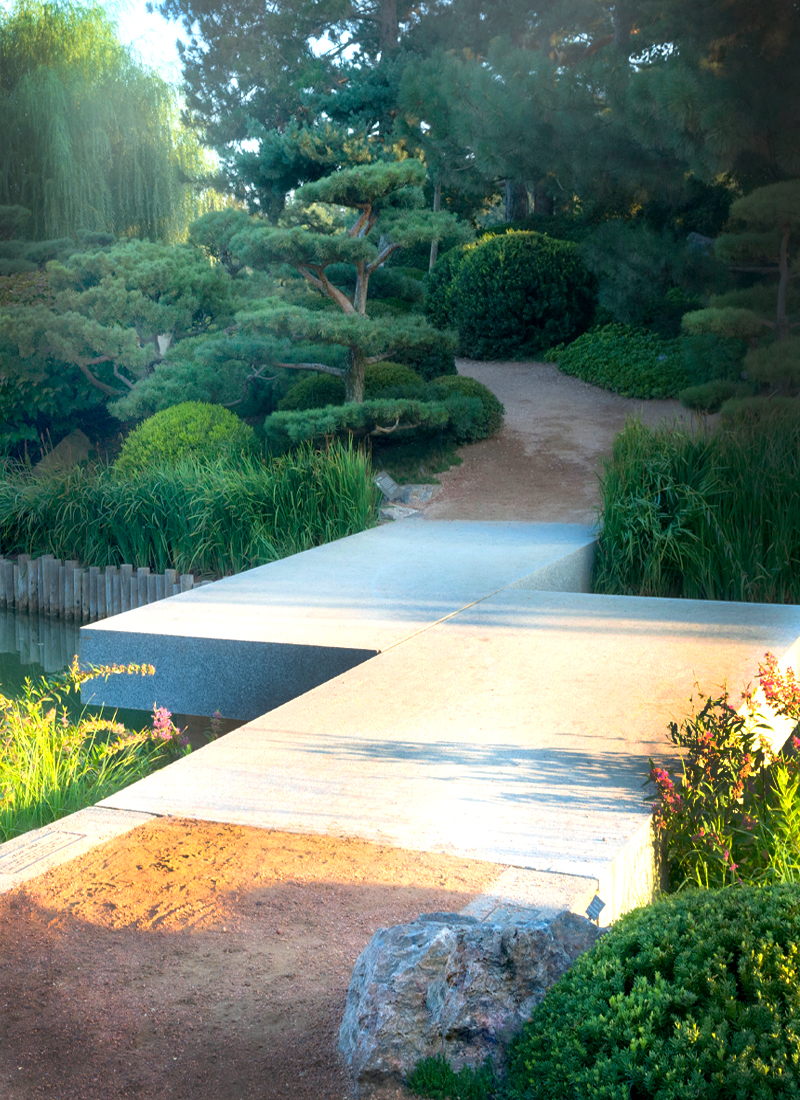
The three Japanese Islands were named by garden designer Koichi Kawana. There are Keiunto (Island of Auspicious Clouds), Seifuto (Island of Clear, Pure Breeze), and Horaijima (Island of Everlasting Happiness). There are 578 living trees in this garden.
Kodama are basically tree goblins or spirits, with mysterious supernatural powers. Each Kodama is linked to their host tree life-force as one, and each has a different personality. In Kanji, Kodama 木霊谺 means a tree’s soul and its echo; 木 meaning ko or “tree”, 霊 dama or “spirit”, and 谺 translates to “echo”. They protect and keep the balance in nature. Kodama can even take on the appearance of animals or humans, standing by trees—and have been known to sometimes speak, so BEWARE!
As you retreat back to the relative sanctuary of the first Japanese island, Kieunto, you might cast a glance back at Seifuto. In the fading light, you might catch sight of ghostly orbs—glowing green lights that flicker in the distance. Are they a warning, a sign of the spirits' unrest, or perhaps a sign of their curiosity and goodwill?
As you leave behind the island of Seifuto and its mysterious Kodama, the tendrils of Shintō, the folk religion of Japan, become clearer. Here, in this garden, the living essence of all things is palpable.
The spirits that play in the wind and dance among the trees remind you that the world is more than what meets the eye, and that even in the most tranquil places, the veil between the physical and the spirits is thin.
